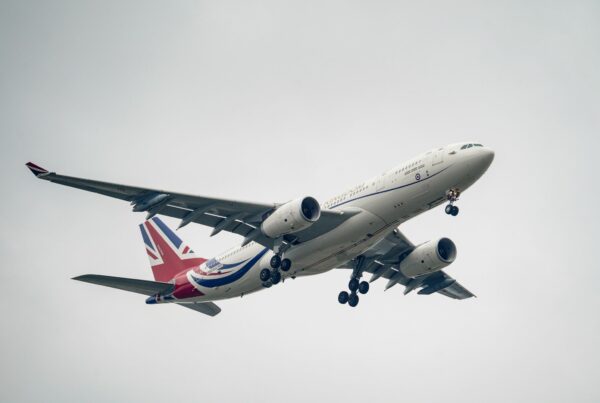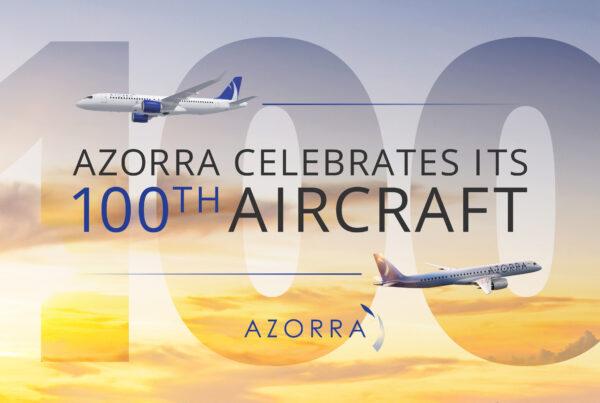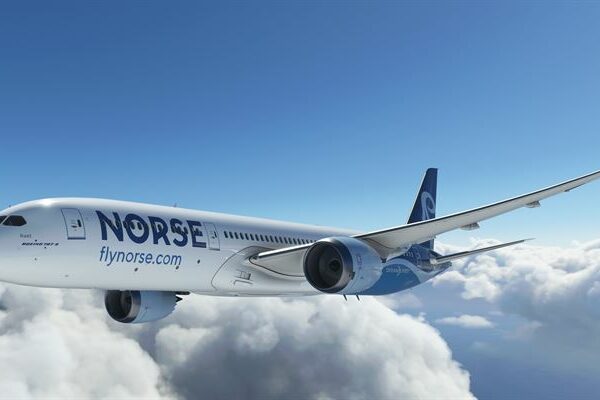With South East Asia set to be the dominant region in the commercial aviation market for the next two decades at least, a number of big industry names didn’t wait for the official start of the Singapore Airshow to reveal their news.
The show at Changi Exhibition Centre has drawn 1,062 companies from 50 countries, with many of the usual suspects in attendance, including Airbus, Boeing, Bombardier, Embraer, Pratt & Whitney, Rolls-Royce, ST Engineering, Thales and UTC Aerospace Systems.
Airbus stole the early limelight at the show with the debut of its twin-engine A350-1000 widebody, which parked up after arriving from Hanoi as part of its current world tour, which will also see it visit Bangkok, Sydney, Auckland, Tokyo and Manila. The 366-seat aircraft had already garnered orders pre-show of 169 in total, said the company in Singapore, with 11 customers so far signed up including Japan Airlines, Cathay Pacific, Asiana, British Airways and Etihad.
But the manufacturer will be hoping to seal some orders or strong interest this week, during a month in which it is also expected to deliver the first production aircraft to launch operator Qatar Airways, which has ordered 37 in total. Airbus has previously forecast that the Asia-Pacific region will require approximately 4,000 widebody aircraft over the next two decades.
Rolls-Royce’s IntelligentEngine
Rolls-Royce, which of course supplies the Trent XWB97 engines powering the A350-1000, was another to make an announcement the day before the show kicked off. The engine manufacturer launched its IntelligentEngine vision, which it says is “based on a belief that the worlds of product and service have become so closely connected that they are now inseparable.”
This trend was first identified, it said, when it introduced its TotalCare® service in the 1990s. But since then, “advancements in digital capability have accelerated this change and further blurred the boundary between the two.”
It will outline more details later this week and throughout the year, but said that in addition to designing, testing, and maintaining engines in the digital realm, its IntelligentEngine vision sets out a future where an engine will be increasingly connected, contextually aware and self-learning.
Dominic Horwood, Rolls-Royce, director, customer and services, civil aerospace, said it would enable the company to find new ways of pioneering power, whether that is through its engines installed today, through its future UltraFan engine design, or even through hybrid-electric concepts. Rolls-Royce’s R2 Data Labs, an acceleration hub for data innovation only launched in December 2017, will play a key role in achieving these aims.
Another aircraft that is already vying for top spot in terms of public profile is Embraer’s narrow-body E190-E2, debuting at the show and also sporting an impressive tiger paint job on its nose. The aircraft (although not with the tiger face), is due to enter into service with Norwegian carrier Widerøe in April. An update on the E2 programme is due to be given by Embraer on Wednesday.
IATA chief warns of ‘crisis’
Someone else baring their teeth was Alexandre de Juniac, CEO General of the International Air Transport Association (IATA), who issued a stark warning at the Aviation Leadership summit, held in conjunction with the airshow.
According to de Juniac, the growing cost of airport infrastructure poses a serious risk to the global airline industry’s profitability and growth. The industry is “headed for a crisis,” he said, because infrastructure is not being built fast enough to meet growing demand.
He flagged up airport privatisation as one of the main reasons why costs are rising at a time when the industry needs affordable infrastructure to deal with rising capacity.
De Juniac went on to stress that Asia-Pacific needs to make infrastructure progress much faster to deal with future demand, with hubs such as Jakarta, Bangkok and Manila in desperate need of capacity improvements. Around 14,000 new aircraft are expected to be delivered in Asia over the next 20 years to keep up with air traffic demand, with SE Asian airlines already having more than 1,600 on order.
The show’s first official trade day starts on Tuesday.







